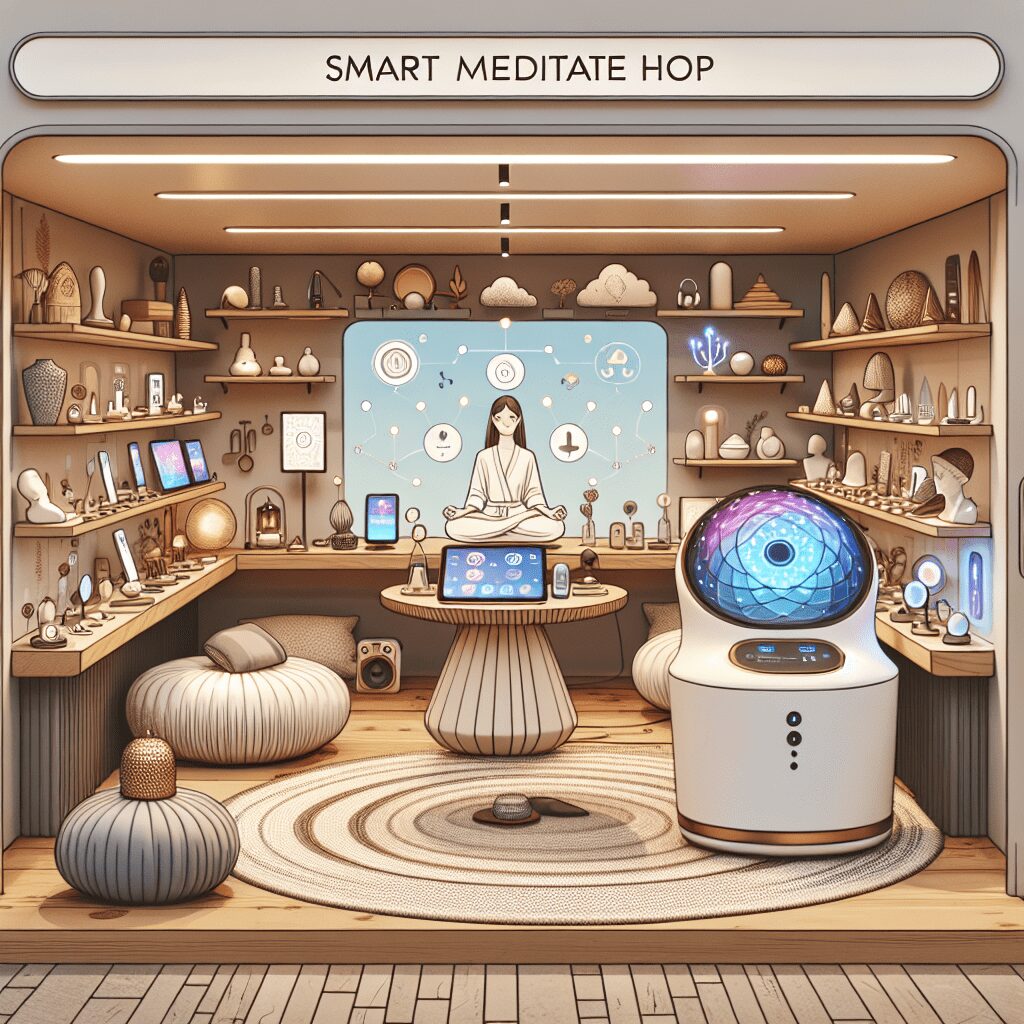
Prioritize your mental well-being daily. Enhance your life by nurturing your mental health with the Smart Meditation app. Break free from stress, alleviate anxiety, and enhance your sleep quality starting today.
What Is The Black Box Warning For Antidepressants?
Unraveling the Mystery: The Black Box Warning on Antidepressants
In the vast and intricate world of medications, antidepressants stand out as a beacon of hope for many battling depression and other mood disorders. However, nestled within their promise is a cautionary tale, vividly highlighted by the ominous “black box” warning. This isn’t just any old warning label; it’s the FDA’s most stringent advisory, standing as a stark reminder of the potential risks lurking in these otherwise beneficial pills.
The Essence of the Black Box Warning
So, what’s the big deal with this warning, you might ask? Picture this: you’re about to embark on a journey to better mental health, and your doctor prescribes an antidepressant. But there, on the label or accompanying paperwork, is a conspicuous black box, essentially screaming for your attention. It’s there to tell you that, particularly in younger individuals, these medications could paradoxically increase the risk of suicidal thoughts and behaviors.
Yeah, I know, it sounds pretty counterintuitive, right? Here you have drugs designed to pull someone out of the depths of despair, yet there’s a chance, especially within the first few weeks of treatment or when doses are changed, that they could exacerbate the very feelings they’re meant to diminish. It’s a bit like flipping a coin where one side is relief, and the other is risk, making it crucial for healthcare providers, patients, and caregivers to stay on their toes.
Let’s break it down a bit:
-
The Specifics: Mainly, the black box warning underscores an increased risk of suicidal thinking and behavior in children, adolescents, and young adults (up to 24 years old). However, it’s not a one-size-fits-all situation, as the risk can vary among different drugs and individuals.
-
The Observation: This warning wasn’t slapped on out of the blue. It resulted from extensive reviews and meta-analyses of clinical trials which hinted at the elevated risk. However, it’s also worth noting that depression itself is a significant risk factor for suicide, making it a tightrope walk of risk versus benefit.
-
Follow-Ups and Monitoring: Because of this risk, there’s a heavy emphasis on close monitoring, especially during the initial stages of treatment or when adjusting the dosage. It’s about keeping an open line of communication and observing any changes in behavior, mood, or thoughts.
Navigating the Path With Care
Alright, so the black box warning sounds a bit dire, but it’s not all doom and gloom. Remember, millions have found these medications life-saving, and when used judiciously, they often tip the scale favorably towards healing and well-being. The key is awareness and vigilance.
-
Open Dialogue: If you or a loved one are starting on antidepressants, it’s crucial to have a frank conversation with your healthcare provider about the risks and signs to watch for. Knowledge is power, after all.
-
Monitoring and Support: Ensuring that there’s a solid support network and regular check-ins with a doctor can make all the difference, helping to navigate any rocky waters that may arise during treatment.
In the grand scheme of things, the black box warning on antidepressants serves as a necessary nudge towards caution and awareness, not as an impassable barrier to treatment. It’s about making informed choices, keeping the lines of communication wide open, and always aiming for that equilibrium where the benefits outweigh the risks. Remember, it’s a journey—one where the destination of improved mental health is well worth the meticulously monitored voyage.




